Inspecting a Used Tractor Before Purchase: 10 Things to Look For
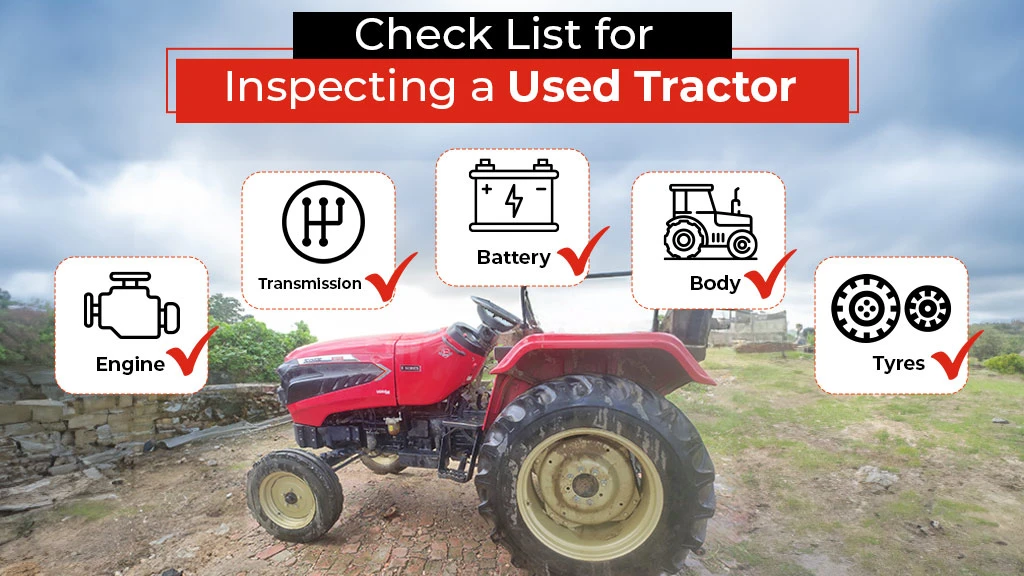
Table of Contents
Introduction
Buying a used tractor can be a wise decision for farmers as it offer host of advantages compared to new brand tractors. But the advantages of a used tractor can turn into a bad experience if it is not inspected thoroughly before purchasing it. A complete inspection will help you identify any hidden issues and give you confidence in your buying decision. In this blog, we will discuss ten critical aspects to consider when inspecting a used tractor.
10 Things to Look for When Inspecting a Used Tractor
Inspecting a used tractor is critical and at the same time challenging for a farmer thinking to buy it. While inspecting a second-hand tractor, you need to look for any problem in the engine, clutch, hydraulics, PTO, tyres, and others.
Engine Condition
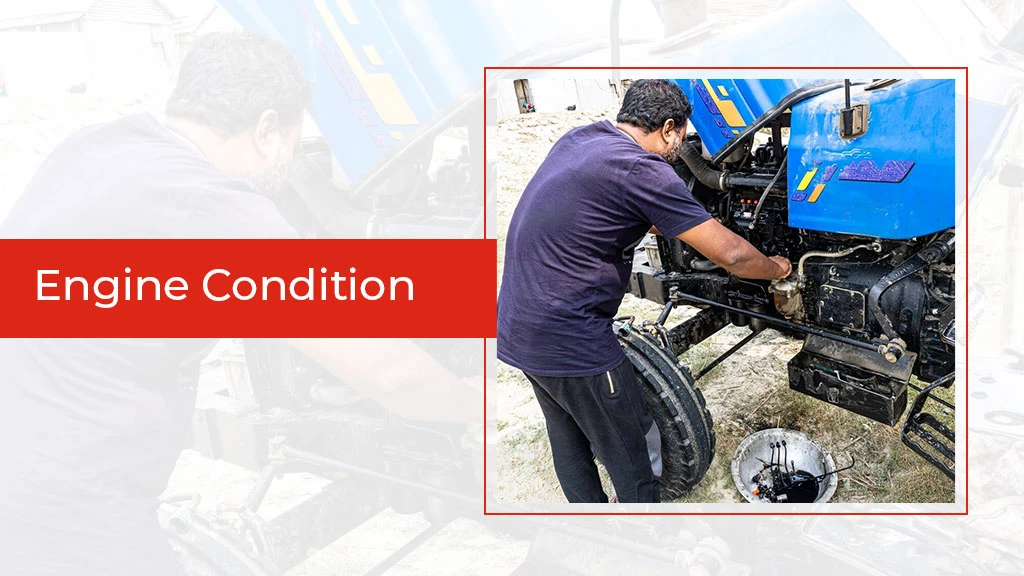
The engine is the heart of any tractor, and its condition should be your primary concern.
- Start by inspecting the oil level and quality. Dark or contaminated oil can be a sign of neglect or excessive wear.
- Examine the exhaust for excessive smoke, which can indicate engine problems.
- Listen for unusual noises while the engine is running, such as knocking or rattling, as these may signal internal damage.
- Be sure to check the engine's overall cleanliness and look for signs of oil or coolant leaks.
Engine Leakage
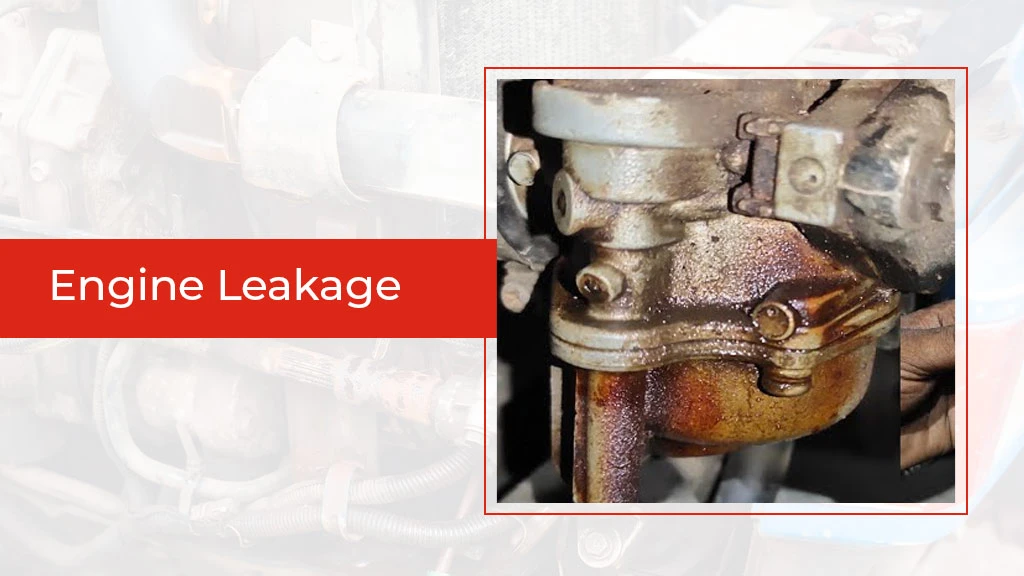
Engine leakage can be a common issue in older tractors. Inspect the engine, transmission, and hydraulic systems for signs of oil, coolant, or fuel leaks. These leaks not only indicate potential problems but can also lead to increased maintenance costs. Address any visible leaks before finalizing the purchase.
Gearbox and Other Transmission Seals
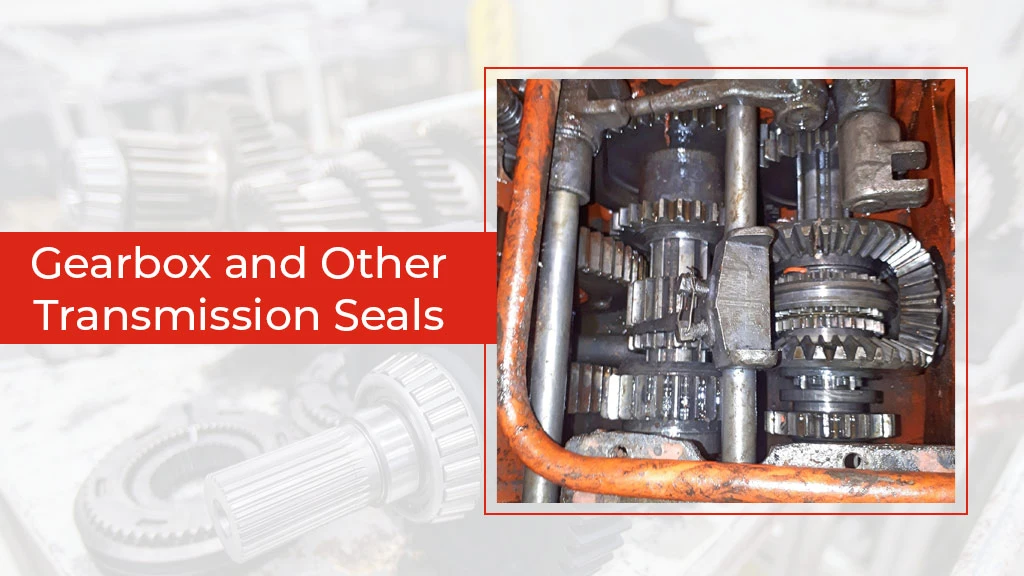
The gearbox and transmission are vital components of the tractor's drivetrain or power transmission.
- Check for smooth shifting and listen for any unusual sounds during gear changes.
- Inspect the transmission housing and surrounding areas for signs of oil leakage, as this can be a costly repair if left unaddressed.
- Additionally, look for any cracks or damage to the transmission housing itself, as this can affect the tractor's overall performance.
Clutch Condition

The clutch is a vital component of a tractor's transmission system. Regular maintenance and prompt replacement of a worn-out clutch are essential to maintain your tractor's performance and efficiency. To assess it properly,
- Repeatedly engage and disengage the clutch to confirm the smooth operation. A slipping or deteriorated clutch may result in issues like inefficient power transfer or challenging gear shifts.
- Pay attention to the clutch pedal's responsiveness and ensure it feels firm.
Neglecting clutch issues can lead to costly repairs and operational disruptions, making it crucial to address any concerns promptly.
Tractor Battery Health
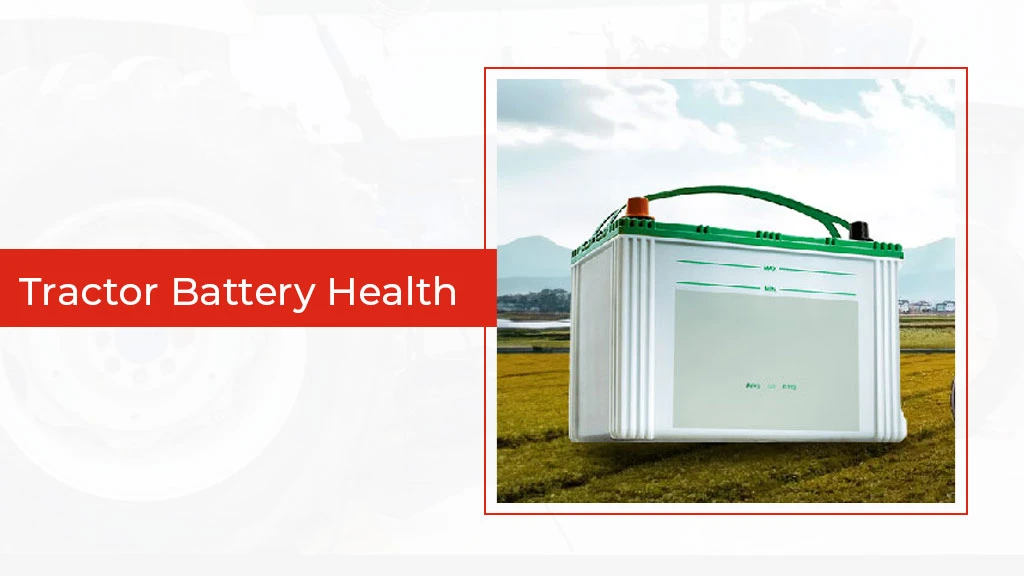
The tractor battery health is often overlooked but can be a significant factor in a tractor's reliability.
- Check the battery for corrosion, loose terminals, or any visible damage.
- Test the battery's voltage to ensure it is within the manufacturer's recommended range. A weak or faulty battery can lead to starting issues, especially in cold weather.
- Neglecting battery maintenance can result in unexpected breakdowns, costly repairs, and downtime.
Tractor Body Condition
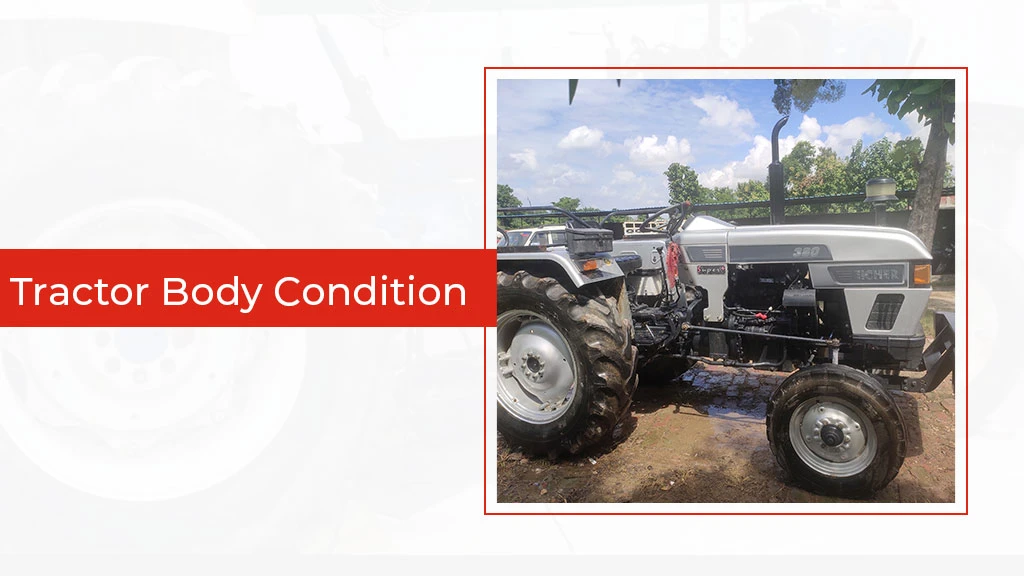
Inspect the tractor's body and frame for signs of rust, corrosion, or damage. Rust can deteriorate the structural integrity of the tractor and lead to costly repairs eventually.
Look for any patches or paintwork that may be hiding underlying issues. A well-maintained body and frame suggest that the tractor has likely received proper care and maintenance, increasing its overall value and reliability.
Prioritising this inspection can help you make an informed decision when considering the purchase of a tractor, saving you from potential headaches and costs.
Tractor Tyres Condition
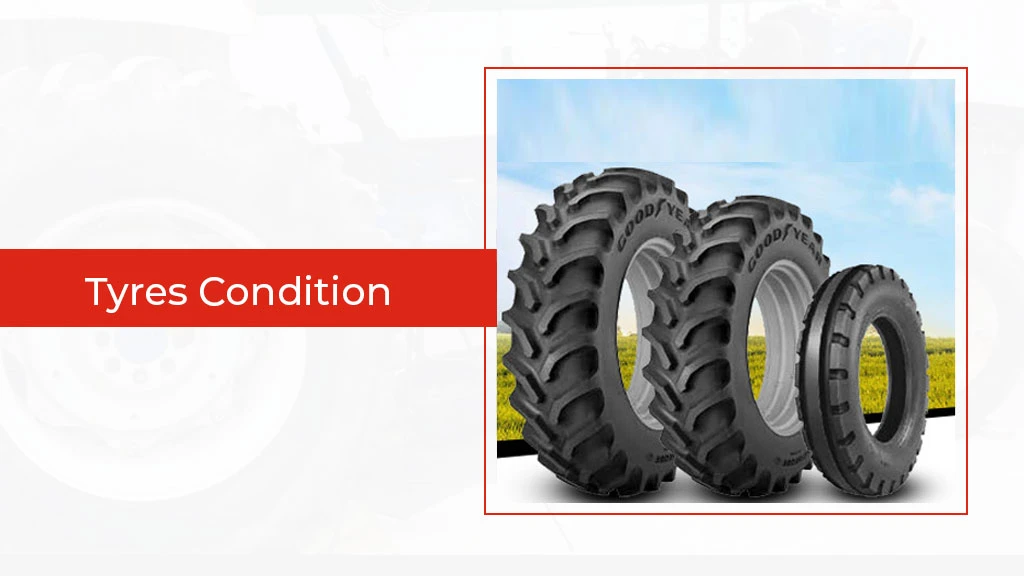
The condition of the tractor tyres is crucial for the tractor's stability, traction, and overall performance.
- Check for signs of uneven wear, cracking, or punctures. Worn-out or damaged tyres may need to be replaced, which can be an additional expense.
- Ensure that all tyres have the appropriate level of inflation, as under-inflated or over-inflated tyres can affect the tractor's handling and fuel efficiency.
- By taking good care of your tractor's tyres, you can confirm it operates safely and efficiently, reducing the risk of accidents and unnecessary expenses down the road.
Hydraulic Functioning
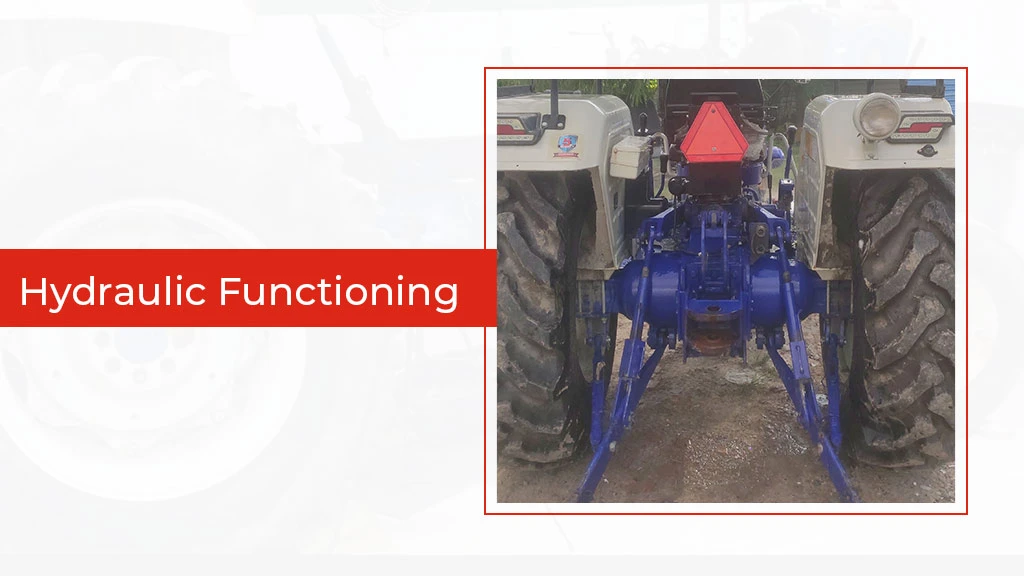
The hydraulic system of a tractor is responsible for operating various attachments, such as loaders.
- Test the hydraulic system by engaging and disengaging attachments observing how they respond.
- Listen for any unfamiliar noises, and watch for slow or jerky movements, as these can be signs of hydraulic problems.
- Check for leaks in hydraulic hoses, cylinders, and connections, as hydraulic repairs can make up for additional costs.
Accessories and Instruments
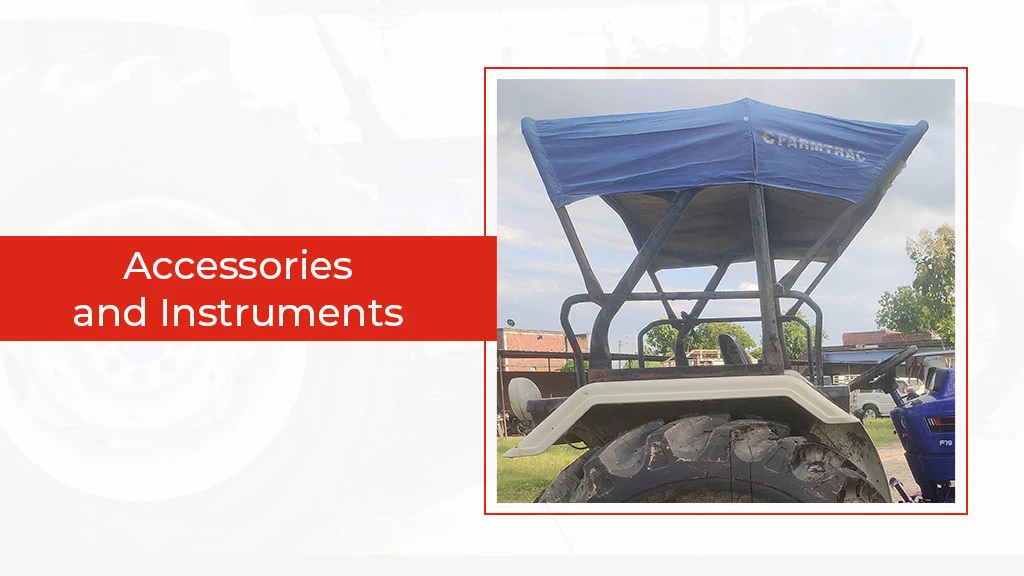
Inspect the tractor's accessories and instruments to ensure they are functioning correctly. This includes lights, indicators, gauges, and other controls.
- Ensure that all safety features, such as Rollover Protective Structure (ROPS) and seat, are in good condition.
- Check that all switches and levers work as they should, and that the tractor's instrumentation accurately reflects the engine's performance.
PTO Functioning
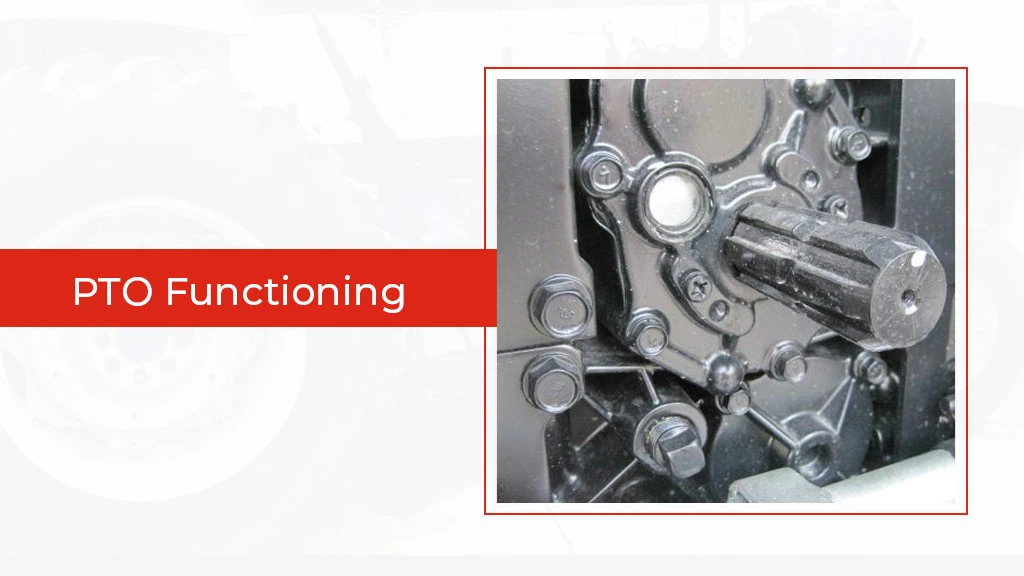
The Power Take-Off (PTO) is crucial for operating various agricultural implements, like mowers and balers. Test the PTO by engaging and disengaging it while checking for unusual noises or vibrations.
Ensure that it runs smoothly and consistently at the correct speed. A malfunctioning PTO can limit the tractor's usability for certain tasks.
Conclusion
A used tractor can be a value for money, if it is inspected properly. While inspecting the used tractor, you need to pay close attention to the engine, transmission, clutch, battery, body condition, tires, hydraulic system, accessories, and PTO functioning. Any issues in these areas can lead to costly repairs and downtime on your farm.
By taking the time to carefully assess the tractor's condition, you can make an informed decision and enjoy trouble-free operation for years to come. Do not hesitate to consult with a qualified mechanic or tractor expert if you have any doubts or concerns during the inspection process. With the right precautions, you can find a reliable used tractor that meets your needs and budget.


सम्बंधित ब्लॉग्स















